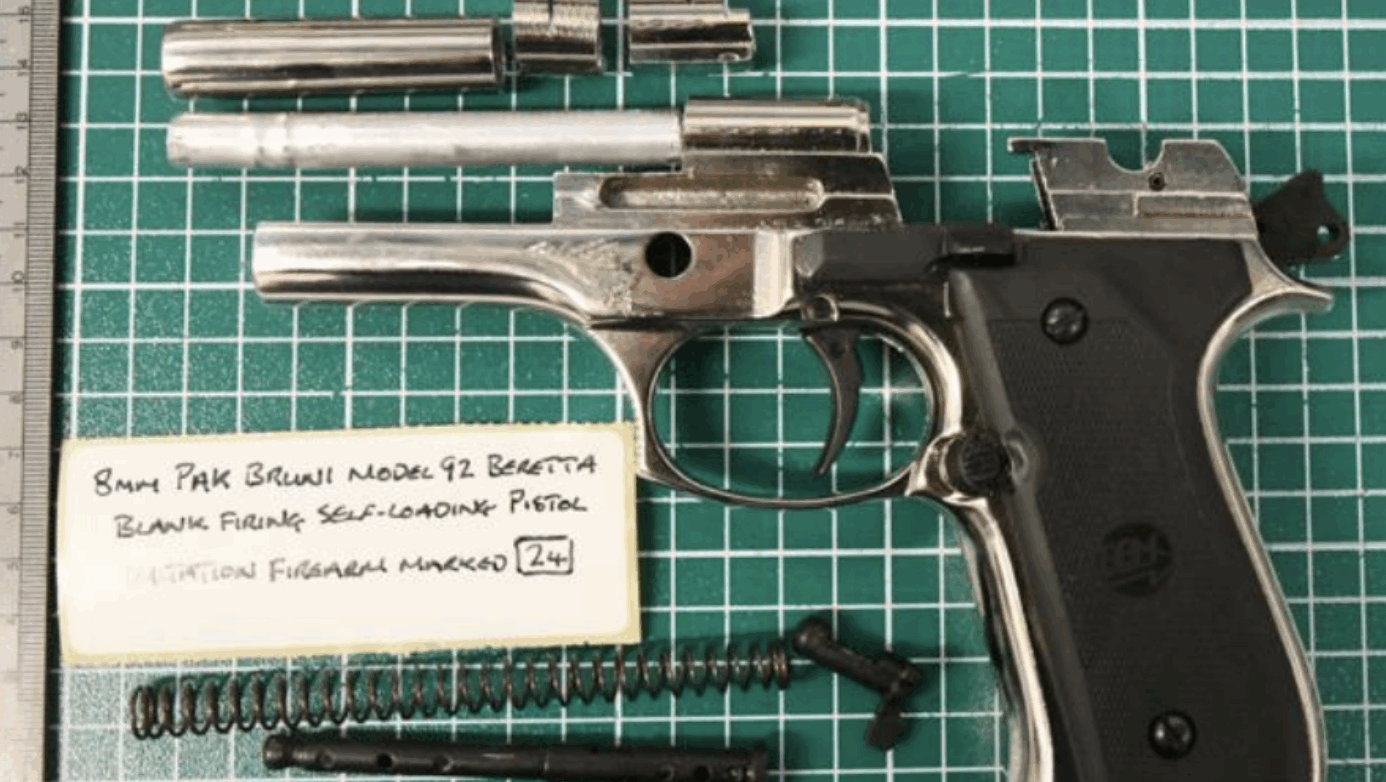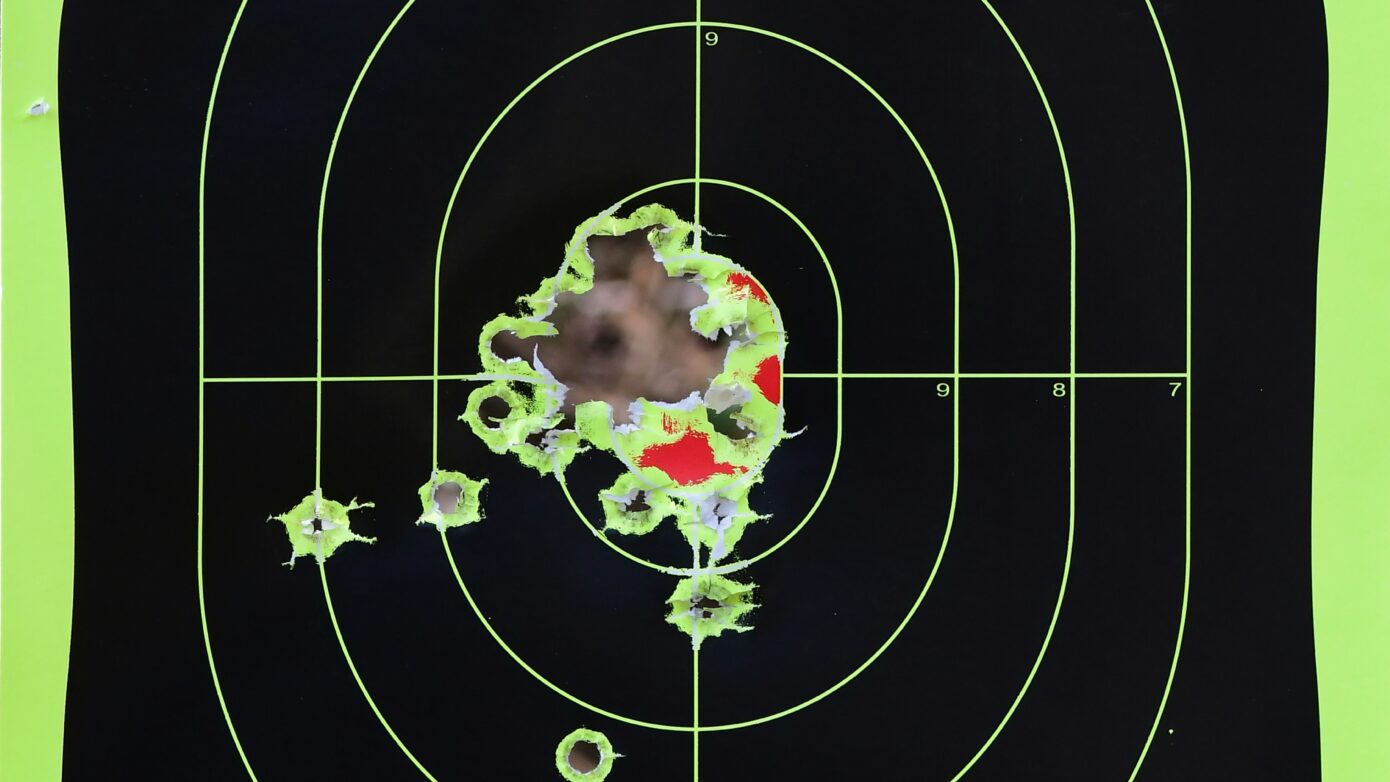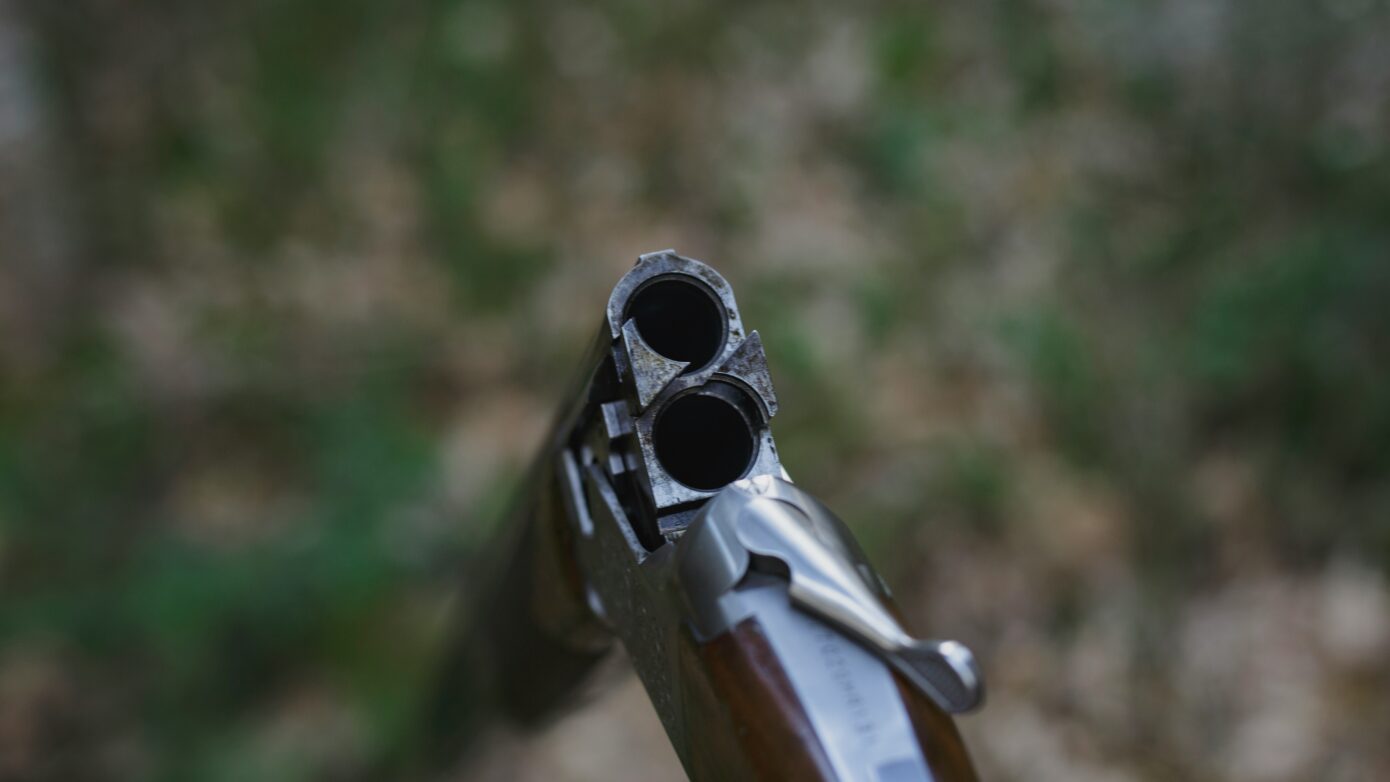Introduction:
The UK firearms regime is widely acknowledged as the strictest in the World and accordingly criminal access to firearms is highly restricted.
This lack of access has led to a trend of criminals converting readily available blank firers to fire live, usually improvised, ammunition.
Recent intelligence suggests that converted blank-firing pistols may now rival conventional firearms in terms of criminal use.
As a result, the National Crime Agency (NCA) is working with police in order to control this trend and further restrict access. This has already led to an amnesty of some Turkish manufacturers, and a further amnesty is planned for 2026 for Italian made models.
What has happened?
The National Crime Agency (NCA) has announced a new firearms amnesty, targeting five models of Italian-manufactured Bruni blank-firing guns that have been deemed readily convertible and therefore illegal under UK law.
Following forensic testing commissioned by the NCA and police found that the following models were found to be convertible with common DIY tools and without specialist skills:
- 8mm PAK Bruni BBM Model 92
- 8mm PAK Bruni BBM New Police
- 8mm PAK Bruni BBM Model 96
- 8mm PAK Bruni BBM Model ‘GAP’
- .380R (9mmK) PAK Bruni BBM ME Ranger
This adds to an earlier exercise which confirmed that TVBFs made by the following brands are now considered illegal to own:
- Retay
- Ekol
- Ceonic ISSC
- Blow
Why has this happened?
These top-venting blank firers (TVBFs), while legal to purchase in their original state, have been increasingly recovered in criminal investigations after conversion to fire live ammunition. Since 2022, approximately 70 Bruni imitation firearms have been seized following criminal misuse.
This new amnesty builds directly on a 2025 initiative, which focused on four Turkish blank-firing models. That campaign resulted in nearly 3,000 firearms being surrendered across England and Wales.
The upcoming amnesty, scheduled for February 2026, offers a final opportunity for owners to surrender these Bruni models at police stations without facing prosecution. After the amnesty ends, possession of these TVBFs could result in up to 10 years’ imprisonment under section 5(1) of the Firearms Act 1968.
Retailers and importers have been instructed to cease trading these models, and Border Force will intercept any further importations. The initiative reflects a coordinated effort between the NCA, police chiefs, and Border Force to maintain the UK’s status as one of the safest countries globally in terms of firearms crime.
How does the law work?
In the most straightforward terms, the Firearms Act 1968 defines an imitation firearm and then Firearms Act 1982 defines the circumstances under which such an imitation will be a firearm in it’s own right.
In more detail,
An “imitation firearm” is defined in the Firearms Act 1968, section 57(4), as
any thing which has the appearance of being a firearm […] whether or not it is capable of discharging any shot, bullet or other missile
The Firearms Act 1982 was enacted to close a potential loophole around items which could be easily converted into working firearms and as a result ensures that potentially dangerous items are treated as firearms even before conversion.
This Act introduces the term “readily convertible” and Sec 1(6) Firearms Act 1982 states:
For the purposes of this section an imitation firearm shall be regarded as readily convertible into a firearm to which section 1 of the 1968 Act applies if—
(a)it can be so converted without any special skill on the part of the person converting it in the construction or adaptation of firearms of any description; and
(b)the work involved in converting it does not require equipment or tools other than such as are in common use by persons carrying out works of construction and maintenance in their own homes.
In effect, the NCA is saying that they are satisfied that these makes / models can be converted into live firing weapons by the average person using tools which are commonly available to the general public.
While Section 1(6) of the 1982 Act references Section 1 firearms, the practical outcome in these cases is that classification under Section 5(1)(aba) of the 1968 Act as prohibited weapons (Handguns).
What has changed?
The most important part of this for owners / stockists of these models is that no laws have changed.
What has changed is the NCA and Police understanding of how easy the conversion process is and their ability to support any prosecution with expert evidence to support this position.
This is the reason why there is no compensation scheme for owners like we saw when the post-Dunblane 1997 changes to the law were enacted (“Handgun” surrender)
Final thoughts
The NCA and Police are not saying that all TVBFs are illegal. They are going through a process of proving that individual brands / models can be converted and declaring them illegal.
This means:
If you own a TVBF it is important that you follow updates in this area carefully to ensure that you are not unwittingly in possession of a prohibited firearm.
Also, prospective buyers should exercise caution, as further models may be reclassified and this could result in financial loss and legal exposure.
Link to the full NCA announcement
For further information please follow this link –







